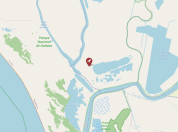Search
Filter by
Type
Tags
Dossiers
Themes
Departments
Active filters
1044 search results
Search results
-
Sobieszewo
Metadata of the study site Sobieszewo (SOB), Gdańsk, Poland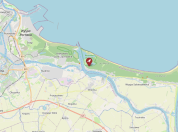
-
Garscube Campus
Metadata of the study site Garscube Campus (GAR), United Kingdom
-
Forstenrieder Park
Metadata of the study site Forstenrieder Park (FOR), Germany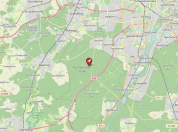
-
Forest of Dean
Metadata of the study site Forest of Dean (NAG), United Kingdom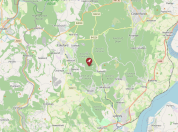
-
East Dartmoor
Metadata of the study site East Dartmoor (EDM), United Kingdom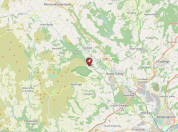
-
Dæli
Metadata of the study site Dæli (DAE), Norway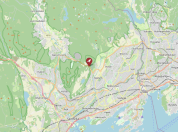
-
Dwingelderzand
Metadata of Dwingelderzand (DWZ), Netherlands
-
Dwingeloo
Metadata of the study site Dwingeloo (DWI), Netherlands
-
Dunedin Botanic Garden
Metadata of the study site Dunedin Botanic Garden (DUN), New Zealand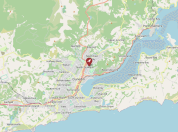
-
Doñana
Metadata of the study site Doñana (DON), Spain